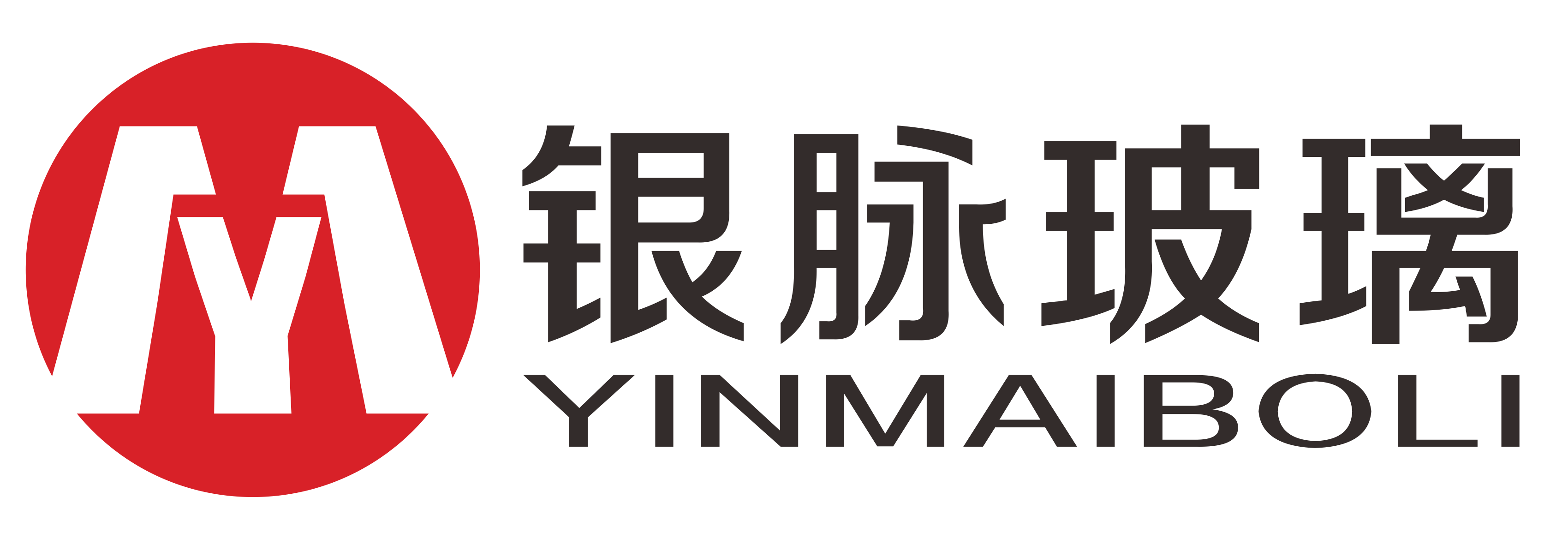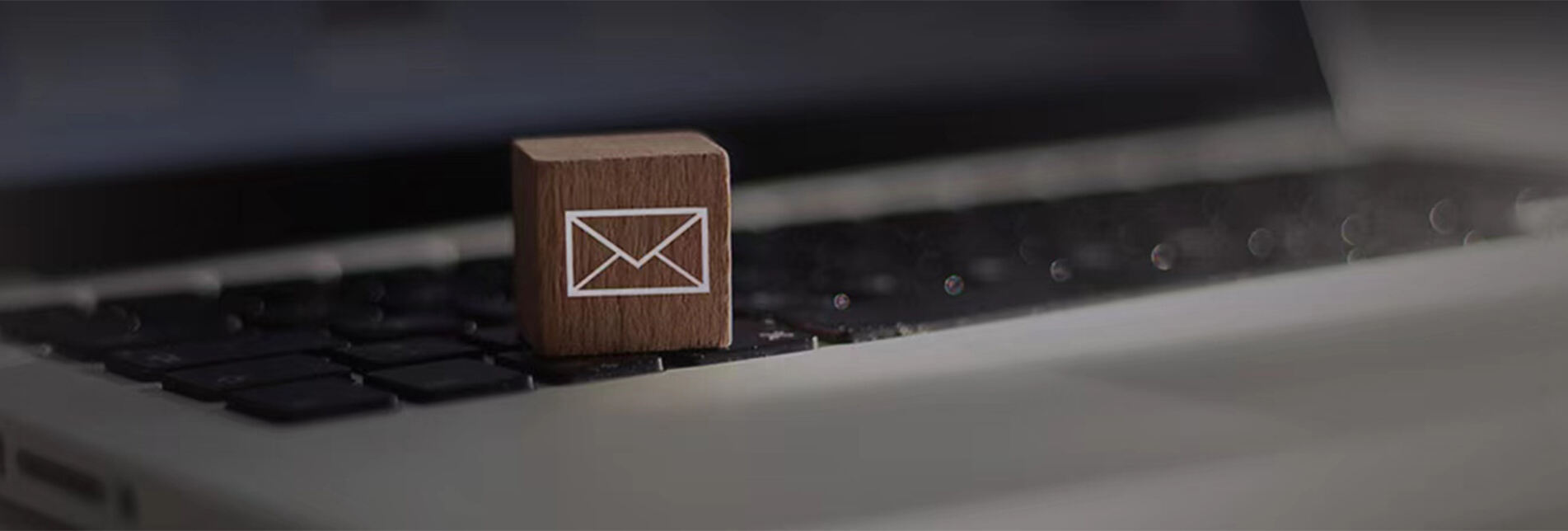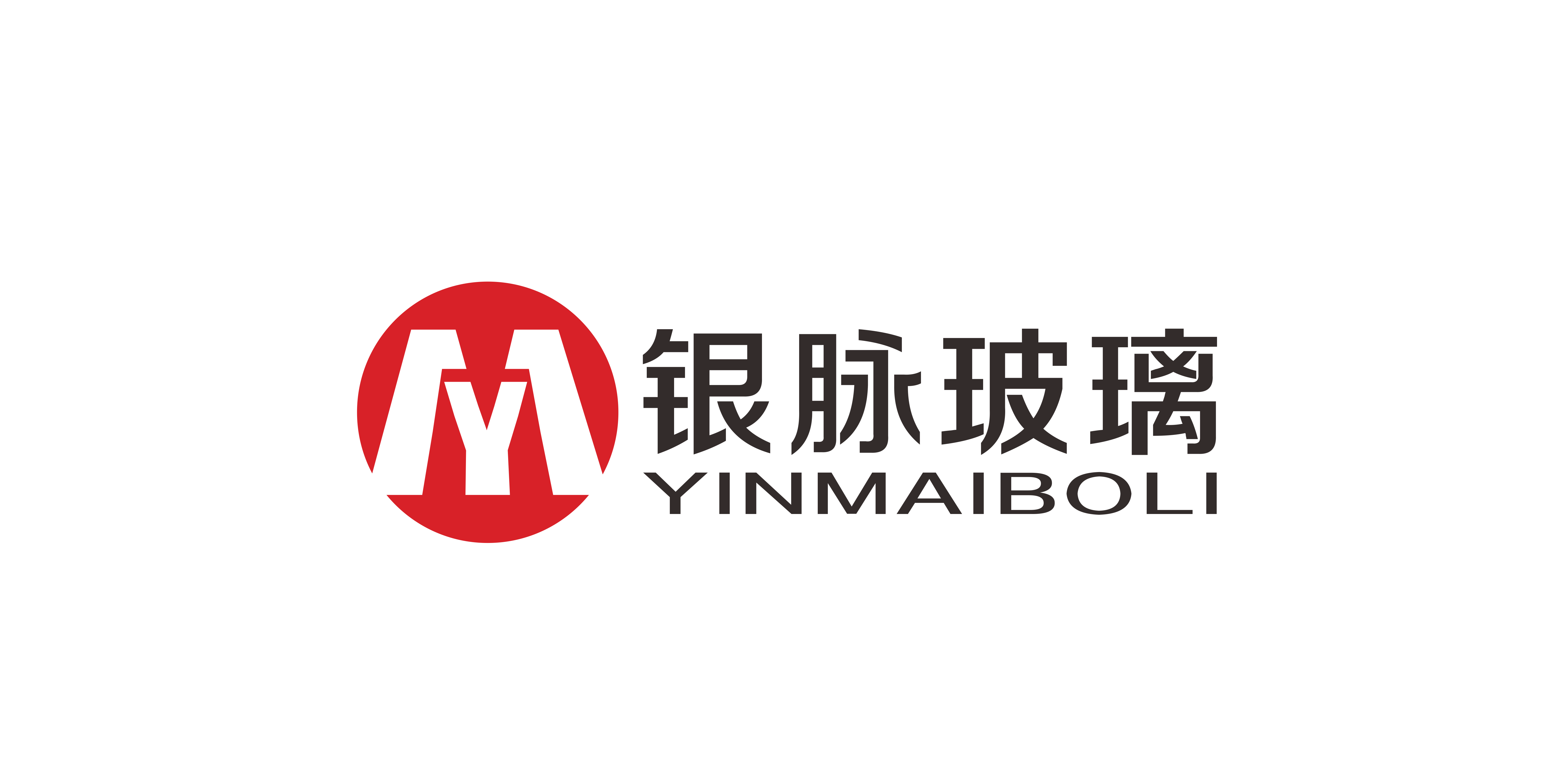Glass Lotion Pump Bottles with Post-Consumer Recycled Metal Springs
The Sustainability Advantage of Glass Lotion Pump Bottles
Why Glass is the Preferred Material for Eco-Friendly Skincare and Lotion Packaging
Glass is now widely seen as the best choice when it comes to eco-friendly beauty packaging, particularly for things like lotions and skin care products. Plastic tends to react with what's inside these products, which can actually change how they work over time. Glass containers have surfaces that don't let bacteria hang around so much, meaning manufacturers don't need to add as many preservatives to keep stuff fresh longer. According to recent market research from last year, most people (around 8 out of 10) connect glass bottles with both higher quality and being better for the planet, which explains why luxury skincare brands are switching to them. Sure, glass weighs more than plastic does, but newer container designs actually use about 15 to 20 percent less material overall. This cuts down on waste while still keeping those containers tough enough to last.
Inert, Non-Leaching, and Endlessly Recyclable: The Environmental Benefits of Glass
What makes glass so special? Well, it can be recycled forever! Plastic breaks down after just 2 to 3 recycling cycles, but glass stays strong no matter how many times it goes through the process. When we recycle glass instead of making new stuff from scratch, we save about 40% of the energy needed. Some pretty advanced recycling centers are even hitting around 92% recovery rates according to the EPA. Another big plus is that glass doesn't let chemicals escape into whatever's inside, which matters a lot for people with sensitive skin. Dermatologists actually back this up too - studies show that roughly 7 out of 10 recommend products packaged in glass because of this exact issue (Journal of Cosmetic Science, 2024). And since glass maintains its quality over time, it works really well with refill systems. That's why so many beauty brands are turning to glass containers as part of their circular economy approach these days.
Comparing Glass vs. Plastic: Lifecycle Analysis and Carbon Footprint Implications
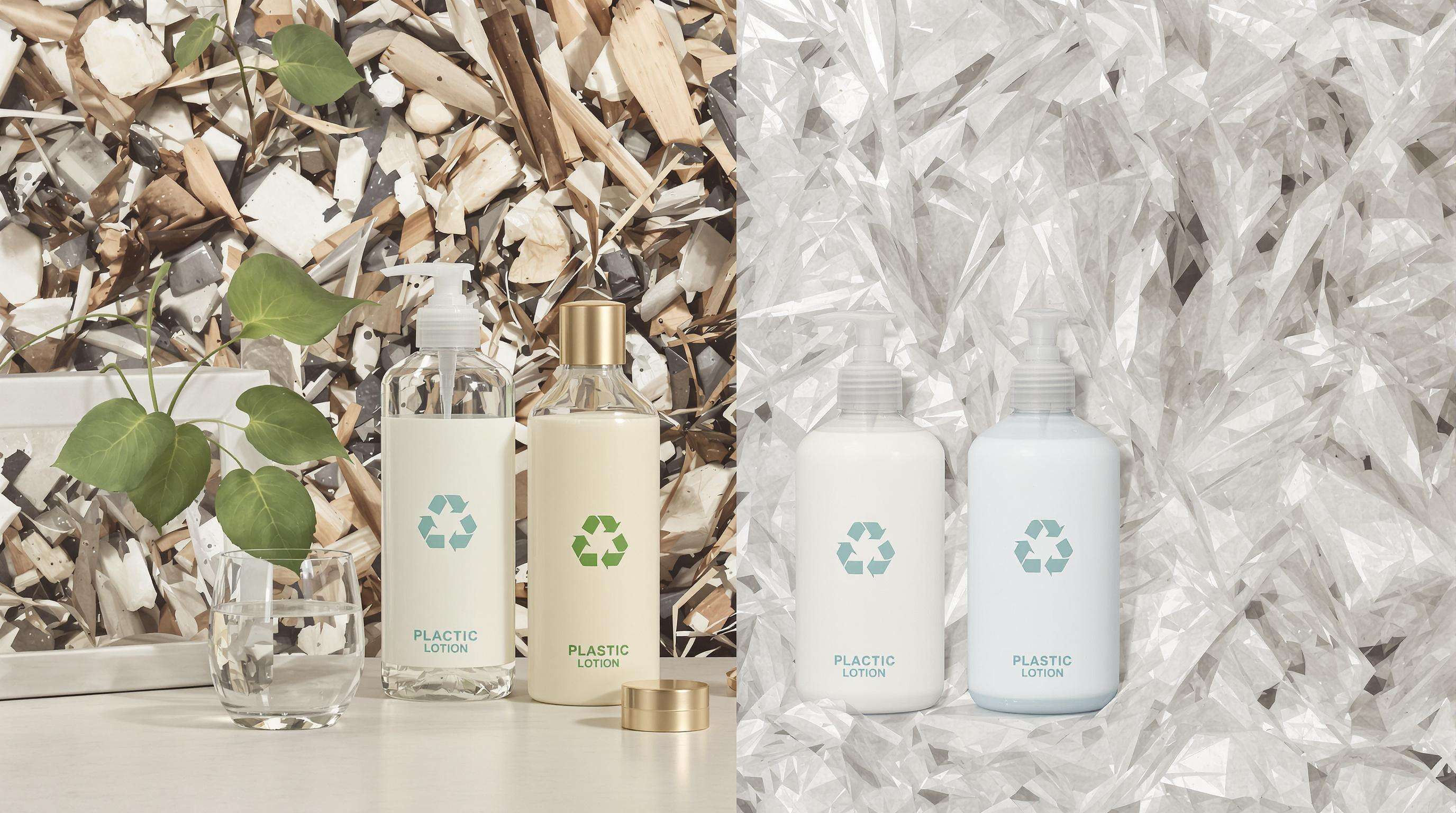
| Metric | Glass (PCR) | Plastic (Virgin) |
|---|---|---|
| Recycling Efficiency | 92% (Closed-loop) | 29% (Single-cycle) |
| CO2/kg material | 0.85 kg | 2.15 kg |
| Recycled Content Potential | Infinite | 3 cycles max |
| Marine Degradation | None | 450+ years |
Glass manufacturing does require about 20 percent more energy at first glance, but studies looking at the whole picture reveal something interesting happens after only two times of reusing the same container. The numbers get even better when we look at real world applications. Take for instance what the Ellen MacArthur Foundation found out: swapping out 10 thousand plastic lotion containers for ones made from PCR glass knocks down carbon emissions by 315 metric tons every year. That's roughly the same as taking 71 regular gas guzzlers off our roads completely. And there's another twist worth mentioning. When manufacturers combine glass containers with recycled metal components instead of using brand new materials throughout, they manage to slash the total energy needed during production by nearly 40%. These kinds of combinations are becoming increasingly common in sustainable packaging solutions.
Integrating Post-Consumer Recycled Metal Springs into Pump Mechanisms
Closing the Loop: How Recycled Metal Springs Enhance Sustainability in Dispensers
Glass pump systems are getting greener these days thanks to the inclusion of metal springs made from post consumer recycled material. This means less reliance on freshly mined stuff without sacrificing how well they work. The good news is that PCR stainless steel still holds about 95% of what regular new alloy can do in terms of strength according to Packaging Sustainability Report 2023. When companies choose to reuse their metal parts instead of tossing them out, each batch of 10 thousand pumps keeps around 2.1 tons of scrap metal away from landfills every year. That's pretty impressive when we think about all those precious metals staying useful longer rather than ending up somewhere nobody wants them.
Durability and Performance of Post-Consumer Recycled Metal in Pump Mechanisms
PCR metal springs hold up just as well as regular ones, lasting through around 15,000 compression cycles before showing any signs of wear. The latest sorting tech keeps impurities out, so there's no chance of particles getting into cosmetic products during manufacturing. What this means for manufacturers is that they can count on accurate dosing whether they're working with runny serums or dense body creams. For companies looking to go green without sacrificing quality, PCR springs offer a solid alternative that works every bit as good as traditional options while being better for the environment too.
Addressing Recyclability Challenges in Mixed-Material Pump Systems
Most traditional pumps mix recyclable materials like glass and metal with those plastics that just won't break down easily, making things really tricky when these products reach their end of life. The good news is manufacturers have started working on solutions. They're now using single material polymers inside pumps and designing them so they can be snapped apart at the end. This approach lets about 92 percent of materials get recovered through normal recycling processes. Across the industry, companies are teaming up to create better ways to separate parts from each other. We should see some real improvements soon too. New modular designs for pumps could boost recovery rates for metal springs by around 40% by the middle of next decade once standardized methods for taking apart these components become widespread.
Pump Functionality and Compatibility in Glass Lotion Bottles
Understanding 24/410 Pump Neck Standardization and Its Role in Sustainable Design
Around 78% of high end skincare brands have adopted the 24/410 pump neck standard, which basically means their bottles fit with pretty much any dispenser on the market. What makes this so great? Well, it cuts down on manufacturing waste because companies don't need to make special parts for each product line anymore. Plus they can just reuse the same pump design over and over again. For customers, this means easier refills since the pumps work across different products. And from an environmental standpoint, the fact that these components stay compatible between brands helps support those circular economy goals we keep hearing about these days.
Ensuring Reliable Pump Performance with Glass Bottle Engineering
The engineering behind glass bottles actually gets pretty specific when it comes to those neck finishes. Most manufacturers aim for around ±0.1 mm tolerance, which makes all the difference when trying to create those tight seals with pumps and sprayers. Glass just handles temperature swings better than plastic does according to some tests from SGS Lab back in 2023. That means no annoying leaks when things get hot or cold because glass doesn't expand and contract as much. And then there's this thing about micro-texturing surfaces on glass parts. These tiny textures help manage how glass interacts with metal pieces inside dispensers. The result? Bottles that keep working smoothly even after thousands of times being pressed or squeezed open.
Material Durability and Functionality Across Various Lotion and Skincare Formulations
Glass doesn't absorb ingredients, which makes it great choice for those oil-based serums and sensitive formulas containing things like vitamin C that can react with other materials. The PCR metal springs work well within a pretty broad pH range, from 3 to 11, so they stand up to both those harsh acidic toners and gentle alkaline lotions without rusting or corroding over time. We've seen some real improvements lately in pump technology too. These new pumps deliver just the right amount whether dealing with thin watery products at around 50cP viscosity or thicker ones hitting up to 5,000cP according to research published in Personal Care Science Journal last year. This advancement cuts down on needing different packaging options for each product type by roughly two thirds when compared to traditional plastic containers made specifically for one formulation only.
Refillable Systems and Consumer Adoption of Sustainable Packaging
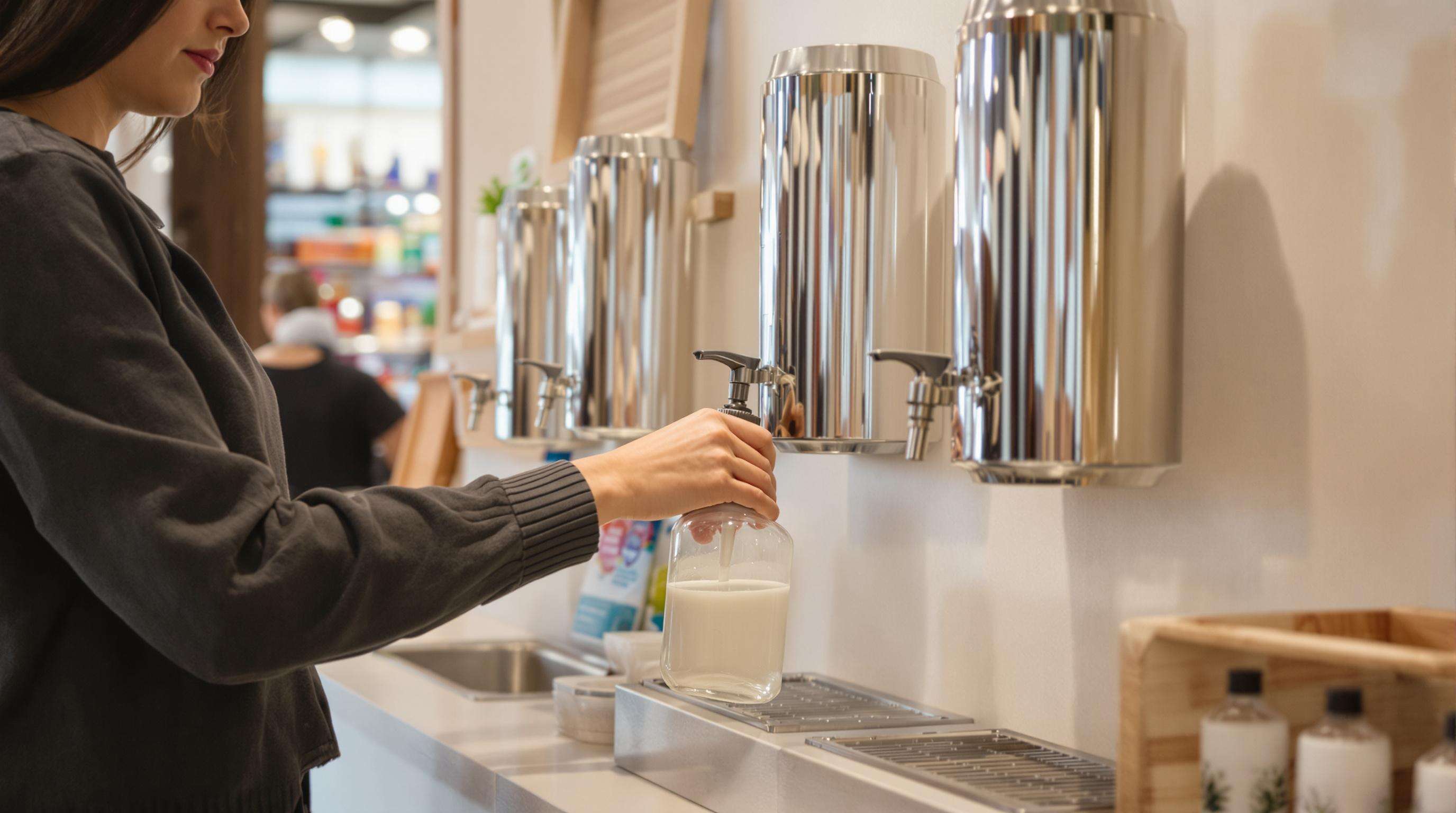
Designing Reusable and Refillable Glass Pump Bottles to Minimize Waste
Glass pump bottles designed for refilling last much longer because they come apart easily. Most have those standard size necks (the ones called 24/410) and metal springs made from recycled plastic that can be taken off and replaced when needed. The glass is specially treated so it doesn't break so easy, and the seals don't contain silicone which means they hold up better after lots of washing and sterilizing without leaking. A recent market study from 2024 found something interesting too these bottles cut down on waste materials by almost 60 percent if someone uses them just three times before throwing away. And since they follow universal sizing rules, stores can set up refill counters where customers get their favorite lotions and skin treatments in big quantities without all the extra boxes and containers usually required.
Case Studies: Beauty Brands Leading with Refillable Glass Lotion Pump Solutions
Luxury skincare isn't just about fancy packaging anymore. Some high-end brands have actually managed to combine eco-consciousness with premium aesthetics. Take one company that reported keeping customers coming back 35% more often since they introduced those glass pump systems with cheaper refill bags according to last year's Personal Care Sustainability numbers. Another major player cut down on plastic waste by swapping out all their body products for glass containers, saving around 18 metric tons of packaging each year. The clever part? These containers aren't just greenwashing either. They're built tough with reinforced walls so they don't crack easily, plus special springs inside that keep working even after being refilled over fifty times. Makes sense when thinking about long term value versus short term convenience.
Shifting Consumer Behavior: Demand for Sustainable Packaging in the B2B and Retail Markets
People want it and they're voting with their wallets. According to recent research from 2024, around three quarters of shoppers look for brands that offer refillable packaging, while over half say they'd actually pay extra for products that can be reused. The hospitality sector has caught on too, with hotels and spas now asking suppliers for bulk refill containers so they can hit those green targets set by corporate offices. Stores are taking notice as well, giving roughly a fifth more display area to refillable skincare products compared to last year. But there's still work to do. Nearly 4 out of 10 customers mention that refilling at home just isn't convenient enough. That's why we're seeing companies roll out subscription services where everything comes pre-measured in those handy recyclable pouches, making the whole process much smoother for busy consumers.
FAQ
What are the environmental benefits of using glass lotion pump bottles?
Glass is endlessly recyclable and does not leach chemicals into products, making it ideal for those with sensitive skin. It also supports refill systems and minimizes waste, in contrast to plastics that degrade quickly and leach toxins over time.
How do glass pump bottles contribute to sustainable packaging?
Glass pump bottles are durable and come apart easily for refilling and recycling. They incorporate post-consumer recycled materials, like metal springs, which reduce reliance on new materials.
Are glass lotion pump bottles more energy-intensive to produce?
Initial energy requirements for glass are higher, but they become more efficient in terms of carbon footprint when reused. Combining glass with recycled components further reduces production energy.
What makes glass bottles compatible with various formulations?
Glass does not react with ingredients, making it suitable for oil-based serums and sensitive formulas. They function well across a range of viscosities without affecting ingredient integrity.
Is consumer demand for refillable packaging increasing?
Yes, consumer behaviors show a growing demand for sustainable and refillable packaging, with many willing to pay more. This trend is being embraced by both retail and B2B markets.
